With electricity demand from data centres forecast to increase significantly by 2030, developers, suppliers, contractors, investors and operators face a shifting landscape of technical standards, sustainability targets and connection hurdles.
From the new 5-star National Australian Built Environment Rating System (NABERS) requirement for federal workloads to grid rule reforms, battery co-location models and blackout risk management planning – the regulatory and commercial stakes are rising fast. In this article, we unpack what is changing, where the risks are and how to position strategically.
Key points
- New efficiency mandates (including a 5-star NABERS requirement) are reshaping compliance norms for data centres hosting federal workloads.
- Large-scale data centres face emerging grid connection hurdles and Australian Energy Market Commission (AEMC)-led technical reforms targeting “mega loads.”
- Strategic opportunities exist for co-location with renewables, energy market participation, blackout risk management, policy/regulatory compliance and integrated battery storage solutions.
Introduction
Australia is experiencing a rapid expansion of data centres, driven by cloud computing, artificial intelligence, and digital services.
This growth is energy intensive – data centres consumed about 5% of Australia’s electricity in 2024, and that share is forecast to reach 8% by 2030, with some analyses warning it could even hit 15% under high-demand scenarios.
In Western Sydney, New South Wales (NSW) alone, data centre projects under construction could add more than 2 GW of new load – roughly equivalent to two large aluminium smelters. Such soaring demand highlights the need for careful planning: ensuring reliable power supply, containing costs, and meeting sustainability targets.
Data centre operators now face stricter regulations and efficiency pressures globally, as power availability (and price) becomes a potential limiting factor for growth. In Singapore, for example, authorities even paused new data centre builds in 2019 due to energy concerns, resuming only after crafting policies for sustainable industry growth.
Australia’s challenge is to accommodate this digital infrastructure boom without straining the grid or missing climate goals.
Policies
Australia’s evolving climate and energy policies are having a direct and growing impact on large-scale data centre operations. These frameworks are not only reshaping the way facilities source power, but also how facilities report and manage emissions.
Key national policies include:
- 100% renewable electricity by 2025: Under the Net Zero in Government Operations Strategy, the Australian Government has committed to achieving 100% renewable electricity for its operations by 2025.
- Climate Change Act 2022: Under this ‘umbrella’ legislation, the Federal Government commits to implement Australia’s net-zero commitments and codify Australia’s net 2030 and 2050 GHG emissions reductions targets. The Climate Change Authority will monitor and report on Australia’s progress against the targets and provide independent advice to the Government on setting and achieving targets, including the Government’s Net Zero Plan and 2035 emissions reduction target.
- National Greenhouse and Energy Reporting (NGER) Scheme: The NGER Scheme is Australia’s primary framework for reporting greenhouse gas emissions, energy production, and energy consumption. Corporations (which are emitters) that meet certain thresholds are required to register and report emissions and energy data annually.
- Safeguard Mechanism: Complementing the NGER Scheme, the Safeguard Mechanism applies to facilities emitting more than 100,000 tonnes of CO₂-equivalent emissions annually.
- Climate-related financial disclosure (CRFD) regime: Australian large companies and investment funds meeting certain size thresholds and NGER Scheme reporters will be required to prepare and issue an annual sustainability report in accordance with AASB S2 (reporting on their climate risks, opportunities, governance, strategy, emissions and targets) at the same time as their annual financial report. These mandatory disclosure requirements are being phased in starting from 2025-2026, 2026-2027, 2027-2028 for relevant in-scope entities, with reasonable assurance (i.e. audit) required in the fourth year of reporting.
- Sustainable Finance Taxonomy: Phase 1 of the development of the Australian Sustainable Finance Taxonomy covering the development of climate change mitigation criteria for six priority sectors and the development of a Do No Significant Harm and Minimum Social Safeguards has been completed and the Government is reviewing the voluntary taxonomy and exploring initial use cases for sustainable finance taxonomies in the financial and regulatory architecture.
For data centres, which are significant energy consumers primarily through electricity usage (classified as scope 2 emissions), these policies mean:
- Increased scrutiny: As data centres scale up, facilities may approach or exceed reporting thresholds, bringing them under the purview of the CRFD.
- Renewable energy sourcing: To align with both regulatory requirements and corporate sustainability goals, data centre operators are increasingly sourcing renewable energy, either through power purchase agreements (PPAs), on-site generation, or purchasing renewable energy certificates.
- Elevated sustainability expectations: Particularly for those serving government or ESG-sensitive clients, data centres are expected to:
- use GreenPower-accredited renewable energy;
- achieve a Power Usage Effectiveness (PUE) of 1.4 or lower; and
- maintain relevant environmental and technical certifications (e.g. ISO 14001, ISO/IEC TS 22237-4:2018).
- Client expectations: Major clients, particularly those with global carbon-neutral pledges, expect data centre services to be powered by renewable energy, making clean energy sourcing a competitive differentiator.
Recent policy trends
From 1 July 2025, all data centres (government-operated or private) that host federal workloads must achieve a minimum 5-star NABERS.
This regulatory shift, under the Net Zero in Government Operations Strategy, expands previous obligations that applied only to providers on the Digital Transformation Agency’s (DTAs) Data Centre Panel.
The five-star NABERS requirement now forms a baseline for federal Information and Communication Technology (ICT) procurement, reflecting a broader strategy to standardise energy efficiency and reduce emissions across public infrastructure.
Where full compliance isn’t technically feasible, entities must still optimise energy use. The DTA can suspend or remove non-compliant providers from the federal panel.
While not (yet) a universal legal requirement in Australia, the five-star NABERS standard is fast becoming a de facto industry benchmark, particularly for multi-tenant operators and Environmental, Social and Governance (ESG) sensitive clients. With over 200 data centres nationwide, these expectations are reshaping design, procurement, and investment norms.
Grid connection challenges and new technical standards
Powering hyperscale data centres is increasingly complex, with electricity demands comparable to small cities. Securing a grid connection involves navigating technical compliance, regulatory approvals, and commercial risks – making early, strategic engagement with Network Service Providers (NSPs) essential.
Developers must coordinate with transmission or distribution businesses during site selection to assess available capacity.
Sites distant from strong grid infrastructure may require costly augmentations – such as new lines, substations, or voltage support assets – subject to engineering and regulatory constraints.
Even well-sited projects face rigorous connection assessments. NSPs enforce detailed technical standards, covering voltage stability, harmonics, and system strength.
Data centre proponents may be required to invest in reactive power support (e.g. Static Synchronous Compensators), transformer upgrades, or other mitigation measures – often formalised in binding connection agreements that affect costs and timelines.
As data centres become more power-intensive, regulatory frameworks are evolving. In May 2025, the Australian Energy Market Commission (AEMC) finalised reforms for generator access (Package 1) and has now turned its focus to large loads (Package 2), citing the unprecedented impact of AI-driven demand.
New rules are expected to require data centres to remain stable during grid disturbances and potentially support grid resilience through technologies like grid-forming inverters or load-modulating systems.
Projects that do not secure connection agreements before these new rules take effect (from late 2025) may face tighter compliance obligations. Legal and technical advisory during early development will be critical to secure timely, cost-effective, and future-proof grid access.
Renewable energy, co-location and innovation opportunities
As energy and emissions pressures grow, Australian data centre projects are finding strategic opportunities in co-location with renewables and storage. Rather than relying solely on grid power and offsets, some developers are building integrated campuses with on-site or adjacent generation and battery systems.
A leading example is the Quinbrook “Supernode” in Queensland – an AU$2.5 billion project combining up to four hyperscale data centres with a 250 MW battery. Located next to the South Pine substation, the battery will absorb excess renewable energy and dispatch it during peaks, buffering data centre load and enhancing grid stability amid rising rooftop solar penetration.
Elsewhere, developers are aligning with large wind and solar farms to directly source clean energy, sometimes via private wires.
These partnerships offer data centres price stability, lower emissions, and steady offtake for generators – supporting Australia’s push for sustainable digital infrastructure. Governments are backing the shift: Queensland contributed AU$15 million to a new subsea cable to attract investment, and South Australia is promoting its renewable leadership, with an emphasis on storage for reliability.
An emerging opportunity lies in active market participation. Like aluminium smelters, future-ready data centres could act as “swing loads,” modulating non-critical demand during grid stress or price spikes.
With smart design, data centres could pause batch jobs, pre-cool equipment, or switch to batteries – earning revenue via demand response programs. One projection warns that unchecked data centre growth could raise peak wholesale prices by up to 70% by 2030.
While uptime is paramount, controlled flexibility offers system benefits and commercial upside. In time, data centres may evolve from passive consumers into active grid assets – unlocking both new revenue streams and a stronger position in Australia’s energy transition.
Blackouts and critical power prioritisation
Even with robust planning, the possibility of power blackouts or emergency load-shedding looms during extreme grid stress. In such events, operators must curtail electricity demand quickly to avoid a broader system collapse.
To protect public safety, authorities give priority to certain essential assets (e.g. hospitals, emergency services and key utilities) aiming to keep these powered for as long as possible.
Generally, large data centres are not guaranteed special treatment. Unlike hospitals, data facilities are not directly life-critical – and indeed, many data centres can fall back on integrated uninterruptible power supply (UPS) systems and diesel generators to ride through outages.
Australian authorities increasingly classify data centres as critical infrastructure (e.g. under the Security of Critical Infrastructure Act 2018 (Cth), but this status does not mean the grid will always keep them energised. Instead, it means operators must ensure resilience by design.
Federal law requires critical data storage or processing facilities to implement robust risk management programs for hazards like power loss. In practice, uptime-focused data centre operators invest heavily in backup power. Governments likewise expect any facility hosting important services to have contingency generators or UPS systems in place.
In other words, data centres cannot count on preferential grid supply during a crisis – facilities are expected to withstand blackouts through resiliency planning (e.g. using on-site backups like diesel generators or battery energy storage systems).
Regulatory outlook and takeaways for stakeholders
The confluence of Australia’s energy transition and its data centre boom means stakeholders must keep a close eye on regulatory and policy developments.
On one hand, federal and state governments are investing in connectivity, land, and training to attract data centre projects (e.g. incentives for new cable links or fast-tracked approvals in tech zones).
On the other, governments are setting guardrails: mandating high efficiency, integrating data centres into emissions targets, and updating grid rules to manage impacts.
Australia’s electricity markets are governed under distinct regional frameworks: the National Electricity Market (NEM), operating across the eastern and southern states (and regulated under the National Electricity Law (NEL) and National Electricity Rules (NER)); the Wholesale Electricity Market (WEM) in Western Australia (regulated under the Electricity Industry Act 2004 (WA) and associated rules); and the Interim Northern Territory Electricity Market (I-NTEM), administered by the Northern Territory Electricity System and Market Operator (NTESMO) under the Electricity Reform Act 2000 (NT) and regulated by the Utilities Commission of the Northern Territory.
From a legal and compliance standpoint, data centre developers, operators, and investors in Australia should consider these key priorities:
- Secure and strategic power connections: Early engagement with grid authorities – such as the Australian Energy Market Operator (AEMO), Transmission Network Service Providers (TNSPs), and Distribution Network Service Providers (DNSPs) – is essential to secure access to existing capacity within the NEM or WEM. Connection agreements must address technical compliance under the NER (or WEM/NT rules) and clearly allocate responsibility for any required grid augmentations.
- Compliance with evolving technical standards: Prepare for forthcoming AEMC reforms affecting large loads, including mandatory ride-through, load modulation, and voltage stability requirements. Facilities must be engineered for resilience and flexibility, with a view to potential future obligations under the NER, WEM or NT rules.
- Energy efficiency and sustainability by design: Aim for best-in-class efficiency from day one. This is increasingly a legal requirement (e.g. 5-star NABERS for government clients) and also lowers long-term costs. Use the NABERS for Data Centres framework and consider voluntary certifications to enhance your green credentials. Plan for carbon management – via onsite renewables, PPAs, or other pathways – as carbon-neutral operations become a customer expectation.
- Integration of renewables and backup solutions: Explore co-location with renewables or on-site generation/storage. Given market volatility, flexibility can reduce costs. Large batteries (e.g. QLD Supernode) offer resilience and arbitrage. Even smaller battery banks or solar arrays help manage demand and boost sustainability.
- Broader regulatory compliance and risk management: Data centres can fall under SOCI Act, requiring asset registration, approved risk programs, and cyber incident reporting. Environmental rules (e.g. generator emissions, noise limits) also apply. A holistic approach to compliance is essential.
Conclusion
Australia’s data centre boom presents a classic dual narrative: unprecedented commercial opportunity intertwined with complex regulatory and energy challenges.
For developers, contractors, suppliers, operators, and investors, the winners will be those who can innovate and comply in equal measure – deploying cutting-edge solutions to meet power needs sustainably, while expertly navigating the legal landscape of energy regulation and policy.
The role of experienced legal advisors is more critical than ever in this sector, from drafting smart power supply agreements and connection contracts, to securing regulatory approvals and advising on compliance with new standards.
Dentons can assist stakeholders at every stage of the data centre project lifecycle – providing strategic legal advice on planning, grid connection, project structuring, energy procurement, regulatory compliance, infrastructure delivery, and critical risk management to help ensure your project is bankable, resilient, and future-ready.
Author: Matt Coleman, Partner, Dentons
The views and opinions expressed in this article are the author’s own, and do not necessarily reflect those held by pv magazine.
This content is protected by copyright and may not be reused. If you want to cooperate with us and would like to reuse some of our content, please contact: editors@pv-magazine.com.
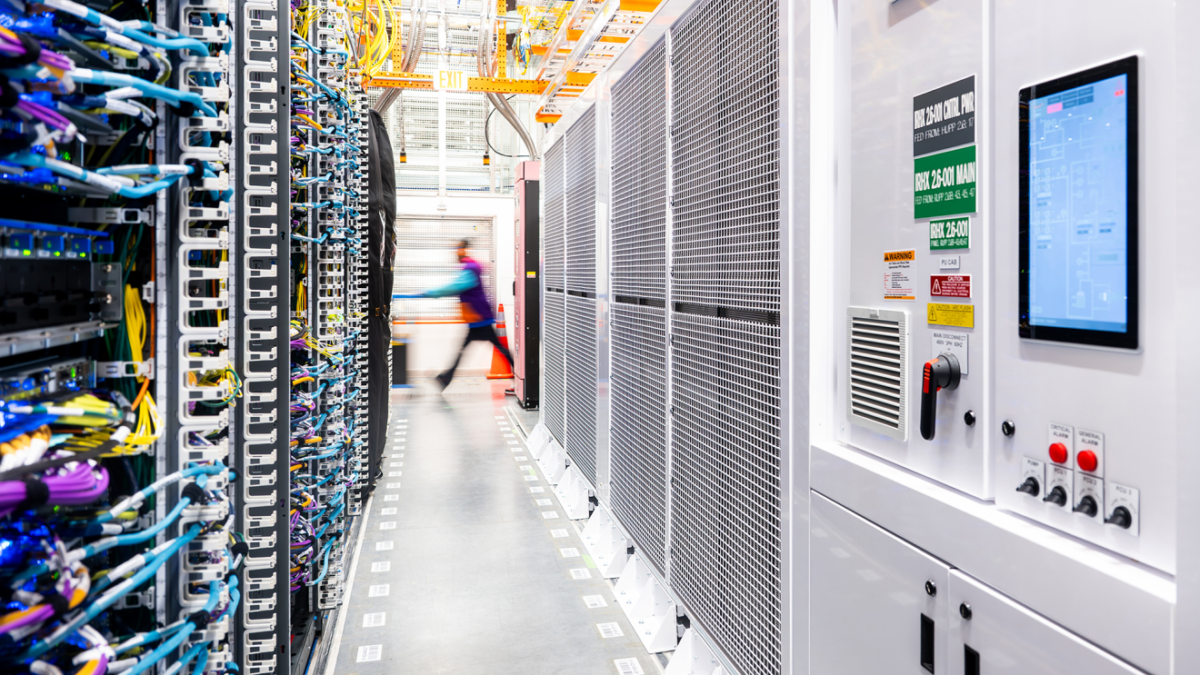
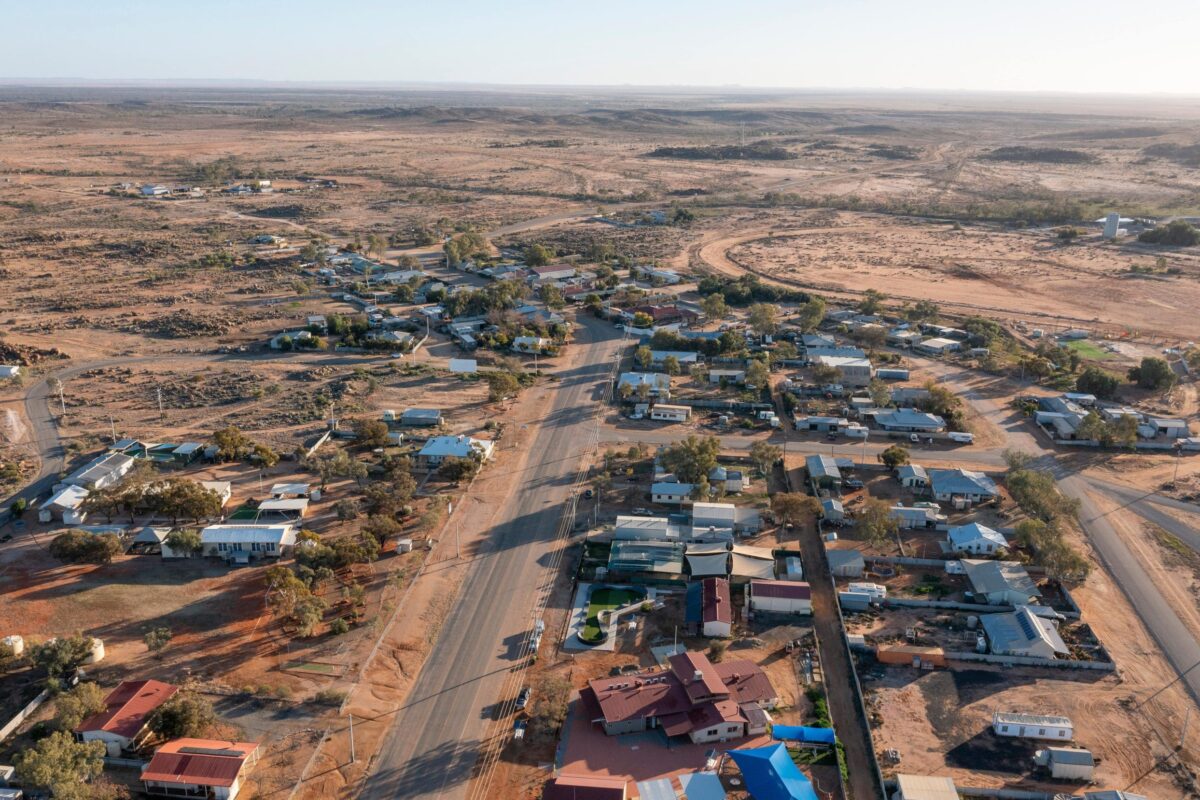

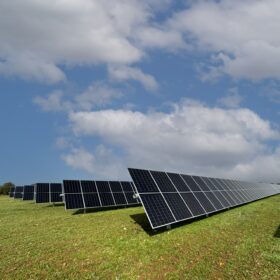
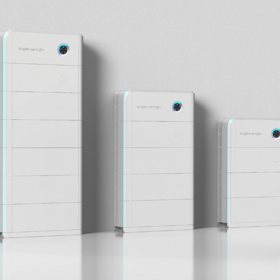
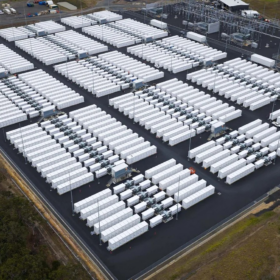
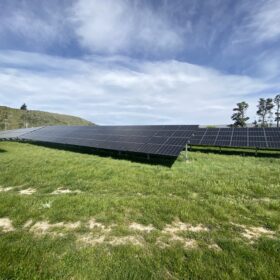
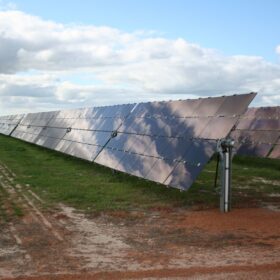
By submitting this form you agree to pv magazine using your data for the purposes of publishing your comment.
Your personal data will only be disclosed or otherwise transmitted to third parties for the purposes of spam filtering or if this is necessary for technical maintenance of the website. Any other transfer to third parties will not take place unless this is justified on the basis of applicable data protection regulations or if pv magazine is legally obliged to do so.
You may revoke this consent at any time with effect for the future, in which case your personal data will be deleted immediately. Otherwise, your data will be deleted if pv magazine has processed your request or the purpose of data storage is fulfilled.
Further information on data privacy can be found in our Data Protection Policy.